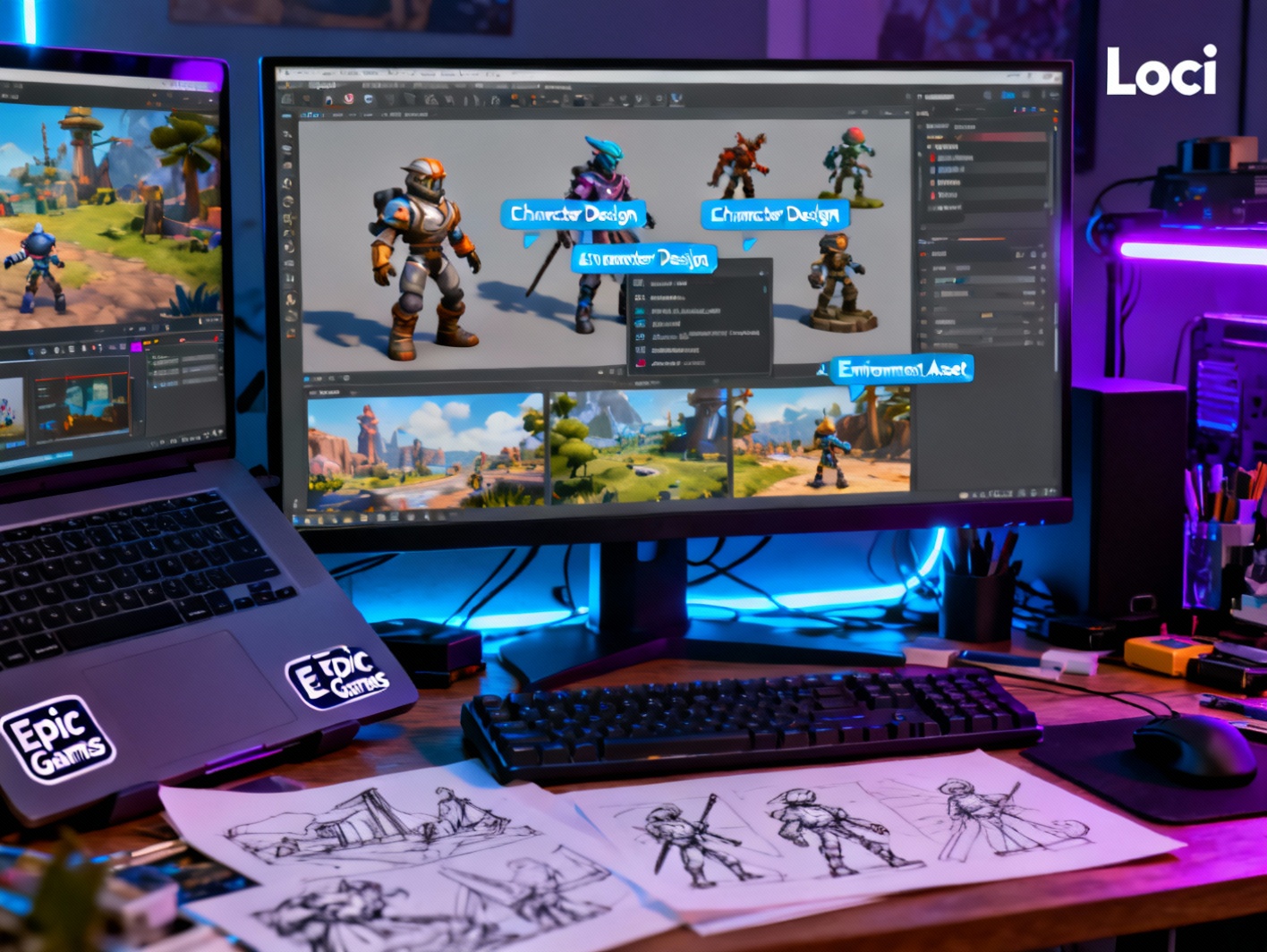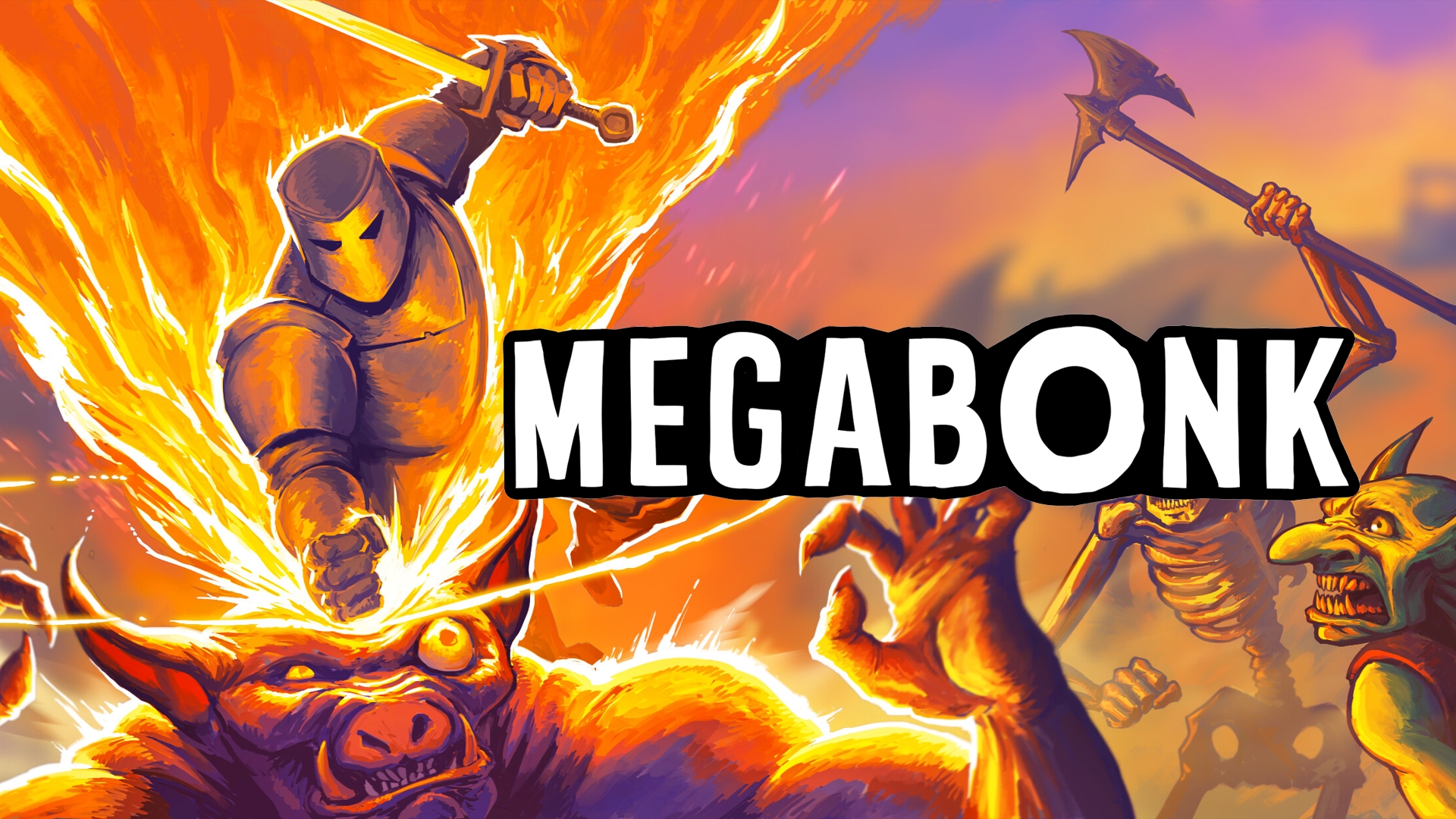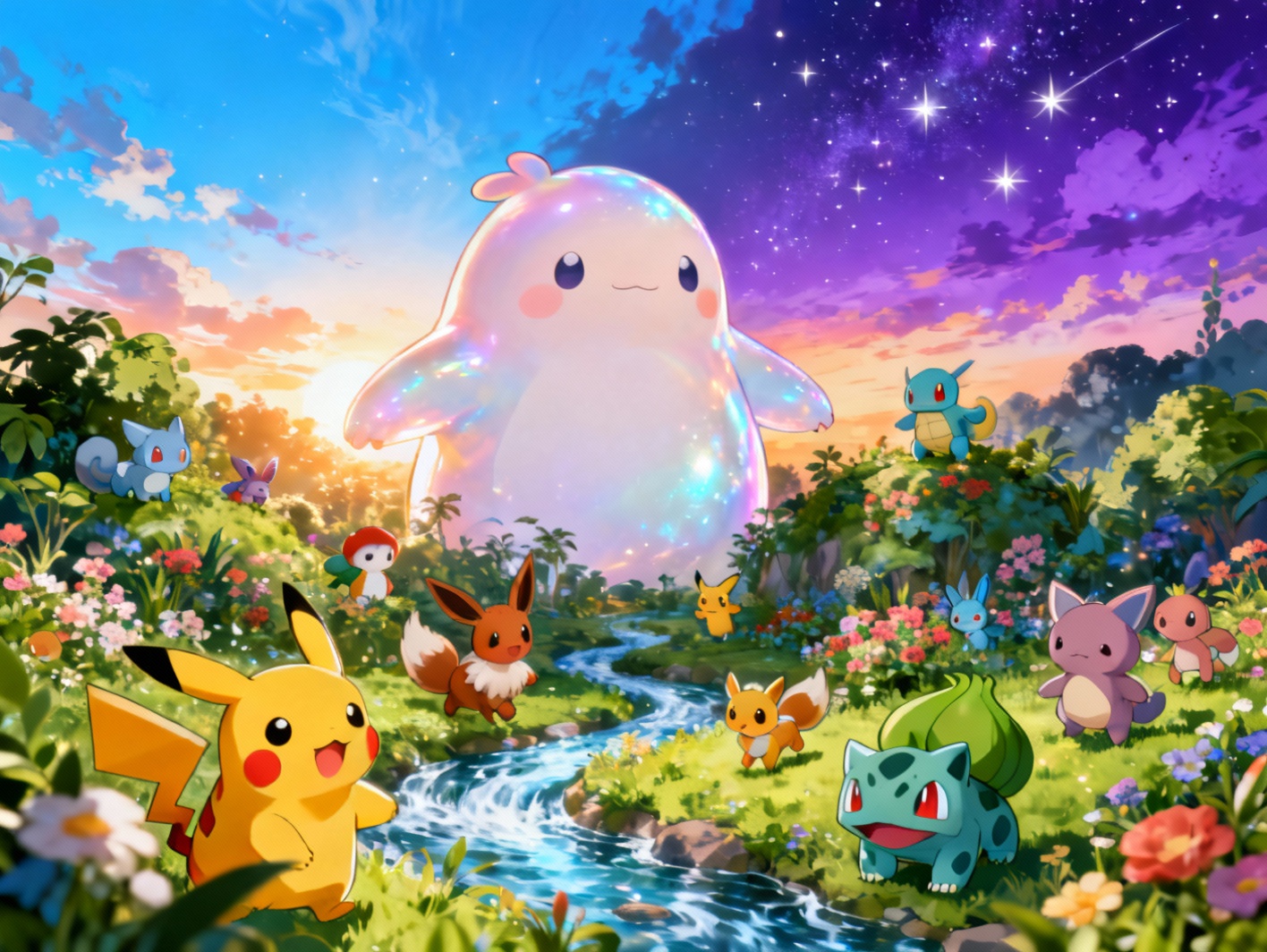Table of Contents
In a year dominated by big-budget blockbusters, few expected a quirky indie title to rise through the ranks, yet that’s exactly what happened. ‘Megabonk’, a chaotic roguelike created by a small team of Korean college students, has taken the gaming scene by storm. Surpassing 117,000 concurrent players on Steam, the game has left top-tier franchises like Call of Duty and Borderlands 4 in the dust. Its unexpected success isn’t just a flash in the pan—it signals a paradigm shift in how the industry perceives indie games. Built on passion, humor, and community-driven momentum, Megabonk is more than just a viral hit; it’s a new blueprint for success in gaming.
The Rise of ‘Megabonk’: A New Indie Phenomenon
Megabonk began as a modest project developed by a group of computer science students attending university in Seoul. What started as a weekend experiment quickly transformed into a labor of love. Inspired by games like Risk of Rain and Enter the Gungeon, the team wanted to create something with fast-paced combat and a light-hearted tone. Within weeks, they’d crafted a prototype that featured one of the game’s standout elements: the ability to play as a sunglasses-wearing chimpanzee with a jetpack. It was absurd, hilarious, and—most importantly—fun.
The students iteratively improved the game using player feedback from local testing events. They focused heavily on fluid controls, unpredictable level design, and character options that maximized replayability. The visual style was intentionally wacky yet distinct, with hand-drawn sprites and chunky pixel animations. By the time it hit early access on Steam, the game was stable, full of content, and bursting with personality.
What drew players in wasn’t just novelty—it was depth beneath the chaos. Weapons had unique effects; enemies behaved erratically; maps changed with each run. Players never knew what was coming next. In the current crowded indie landscape, it was that blend of unpredictability and polish that helped Megabonk gain traction so quickly.
Surpassing the Giants: ‘Megabonk’ vs. Major Franchises
At first glance, it didn’t seem possible for a small indie game to overtake giants like Call of Duty or Borderlands 4 on Steam, but Megabonk managed to do just that. The game’s meteoric rise was driven by three primary factors: gameplay innovation, community engagement, and perfect timing.
Megabonk introduced a fresh twist to the roguelike genre. Unlike traditional shooters, it prioritized movement creativity and non-linear strategies. Every item pickup had unpredictable effects, often leading to wild and hilarious combinations. The chimpanzee character, combined with strange power-ups, turned each run into a unique experience that people wanted to share. This viral element was perfect for streaming and social media, giving the game organic promotion across TikTok, Twitch, and YouTube.
Community engagement was another cornerstone. The developers were remarkably responsive, patching bugs and balancing mechanics within hours of feedback. They even added content based on player ideas, creating a strong sense of ownership for early adopters. Steam reviews consistently mentioned how the devs listened and cared, something increasingly rare in the world of AAA titles.
Lastly, Megabonk launched during a lull in major game releases. While the Spring lineup underwhelmed, Megabonk offered something bold and chaotic that filled a void. It wasn’t just the right game—it was the right time. The perfect storm of originality, responsiveness, and timing allowed a college passion project to outshine an industry dominated by massive budgets and conventional wisdom.
The Impact on Indie Game Development
Megabonk’s success has sent shockwaves through the indie development world. For years, it was accepted that indie games could be charming or clever but rarely influential. That belief is being actively challenged now. With its explosive rise, Megabonk is redefining the boundaries of what a small studio can achieve.
At the heart of this transformation is digital accessibility. Modern tools like Unity and Godot have democratized game design. A determined student team with a distinctive idea can now compete on the same platforms as industry titans. Megabonk’s success wasn’t just about talent—it was about understanding the value of agility, creativity, and direct community interaction.
The game’s rise also highlights the potential of self-publishing. In the past, indie developers often relied on publishers for visibility. Megabonk skipped this step, instead leveraging Steam’s discovery algorithm, viral user content, and Word-of-Mouth communication to reach audiences organically. This demonstrates that indie developers no longer need massive marketing budgets—just a game worthy of attention and a clear line to their players.
Crucially, Megabonk underlines the growing appetite for innovation. With players increasingly fatigued by formulaic AAA releases, there’s now a hunger for originality. Aspiring indie developers can take this as a beacon: audiences care about authenticity, unpredictability, and fun far more than hyper-realistic graphics or celebrity voice acting.
Community and Developer Reactions
The gaming community’s reaction to Megabonk has been nothing short of electric. Forums are filled with memes, streamers are dedicating entire weeks to playthroughs, and fanart of the chimpanzee lead character surfaces daily. It’s not just the players who’ve taken note—developers across the industry are making public comments about the phenomenon.
The most notorious reaction came from the lead developer of Palworld, who jokingly remarked that Megabonk “ruined all other recent releases”. Though said in jest, the statement reflects a deeper sentiment—Megabonk has shifted expectations. Players now crave games that are less predictable and more innovative. Even devs from larger studios admit they’re rethinking how they conceptualize player engagement.
Game journalists have dubbed it the “chimpanzee effect,” a nod to how the game’s silly yet strategic design won people over. Many compare its cultural moment to Among Us or Vampire Survivors, titles that also came out of nowhere and drastically altered the market.
Meanwhile, the student dev team behind Megabonk has maintained a humble yet responsive attitude. During Reddit AMAs and podcast interviews, they express gratitude and surprise. Rather than rush to expand, they’re focusing on stability and community transparency. They’ve already addressed hundreds of bug reports and promised roadmap updates within the next month. Their actions show they understand this isn’t just about one game—it’s about building lasting trust with their audience.
Future Prospects for ‘Megabonk’ and Indie Gaming
Looking ahead, the future of Megabonk appears full of opportunity. With a rock-solid player base and content roadmap already in motion, fans are eagerly speculating about where the game—and its developers—will go next. Early leaks from closed Discord channels hint at new biomes, more absurd characters, and mod support as top priorities.
The developers have confirmed that a co-op mode and customizable runs are under development. These could massively boost the game’s lifespan and introduce fresh dynamics to the already-chaotic formula. There’s also talk of a spin-off comic or animated series exploring the universe of Megabonk, which would deepen the game’s identity beyond gameplay.
From a business perspective, the success gives the studio incredible leverage. They’ve reportedly been approached by publishers, though so far they’ve avoided formal partnerships. Having proven they can go viral on their own terms, the team seems in no hurry to give up creative control.
Perhaps most significantly, Megabonk’s trajectory could influence strategic decisions across the indie scene. Expect more student-led projects to hit digital shelves, more developers to take risks with absurdity, and more scenes like Korea’s to shine globally. Megabonk isn’t just a hit game—it’s a signal flare showing what’s possible when constraints inspire creativity. Whether through sequels, expansions, or entirely new IPs, the team behind Megabonk has proven that sometimes, a chimp in sunglasses really can change the game.
Conclusions
The unprecedented rise of Megabonk proves that inspiration, innovation, and integrity can break through even the most crowded markets. This quirky roguelike, born from a college brainstorming session, didn’t just entertain—it disrupted. By outperforming industry heavyweights and commanding global attention, it has become a powerful case study for the evolving potential of indie games.
More than just a momentary trend, Megabonk’s story illustrates that when developers trust their instincts and listen to players, extraordinary things can happen. It’s a reminder that in today’s gaming world, passion can be just as important as polish—and that sometimes, the next big hit comes from the most unexpected places.










